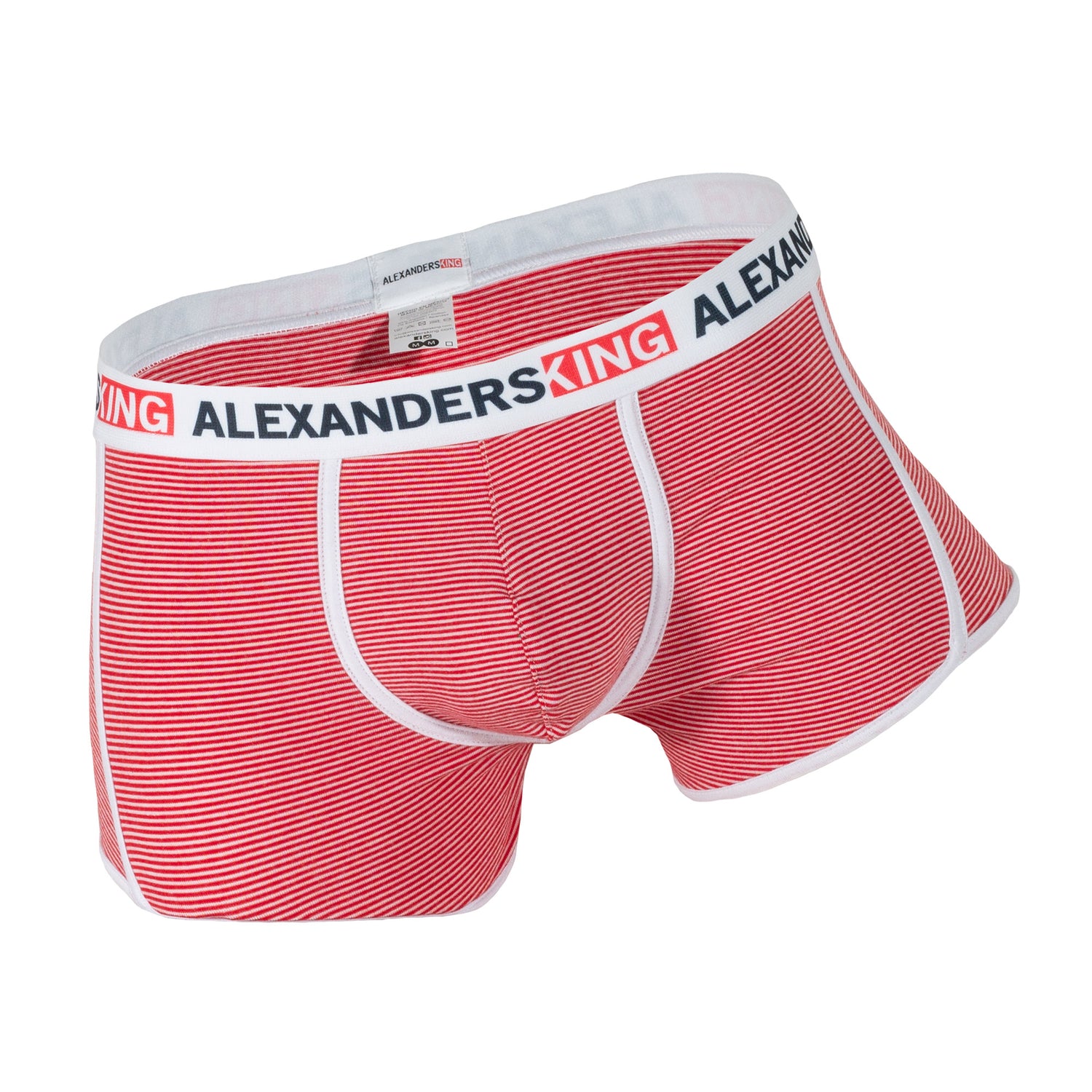The lgbt flag is one of the most representative symbols of the community and has always been a symbol that has always represented freedom of expression, the opportunity to be whoever you want to be, and in many cases it has been an important symbol to reflect our identity.

This iconic flag has been used for a long time as a symbol outside an establishment to indicate what a safe space is, even in a garment to reflect our personality and how we identify ourselves, which is why it becomes very necessary to understand where it comes from. , what are its origins and what does each of the elements that make it up mean.
This flag was born in 1978 as a symbol precisely to be able to reflect everything that the community meant at that time, originally it had 8 stripes but due to logistical reasons in its production it ended up being reduced to six stripes, ironically leaving turquoise and pink out. The original idea and concept of the lgbt pride flag was the responsibility of the artist Gilbert Baker who, curiously, never arranged the rights to this creation, even he commented that what he wanted was to give a gift precisely to the community.
In this original design where 8 stripes of 8 different colors were considered and each strip meant an important value to be considered within the community where violet reflects the spirit, indigo color serenity, turquoise magic and art, color green nature, yellow sunlight, orange healing, red life and pink meant sex again ironically.

By 1979 the flag had already undergone the changes with which we know it today, a six-stripe flag that perfectly reflects what the lgbt community means. Later we will be able to find an updated flag with different stripes of different colors that are focused on being able to reflect in a way some more specific parts of this same community, such as considering the bisexual transsexual movement and some others.







